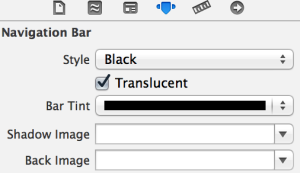Professional Software Engineers
Food for thought:
Last October (2021), the White House Office of Science and Technology released an RFI to gather research to develop an “AI Bill of Rights.”
Similarly, the government of Chile passed a law in 2021 establishing “the rights to personal identity, free will, and mental privacy.” Like Thanos, the regulation of Privacy & Big Tech is…inevitable. However, we need to revisit an even more important discussion, one that in my option, cuts to the heart of “the news headlines”.
Should Software Engineers be required to obtain a license, which gives them “permission to practice”? For example, to receive a Professional Engineer (PE) license, “an individual must complete a four-year college degree, work under a Professional Engineer for at least four years, pass two intensive competency exams and earn a license from their state’s licensure board.”
State and Federal laws require civil engineers, doctors, lawyers, etc., to be licensed. Why? Because doctors, lawyers, and engineers perform activities deemed dangerous to individuals or the general public. For this reason, law, medicine, and engineering require licensed professionals to adhere to a Code of Ethics.
Can software algorithms cause harm to individuals? We should talk about this, but Facebook’s own internal research seems to say ‘yes’:
Can mortgage loan algorithms be written poorly and cause harm to the public? There is growing evidence that seems to say ‘yes’:
The Markup: The Secret Bias Hidden in Mortgage Approval Algorithms
Is it concerning that [insert name of company or institution] ‘s website accidentally exposed their customers’ names, SSNs, and PHI this past [insert day of week]?
For reference, here is a code of ethics from the Association for Computing Machinery.
Professional Software Engineers…that could be a thing.





